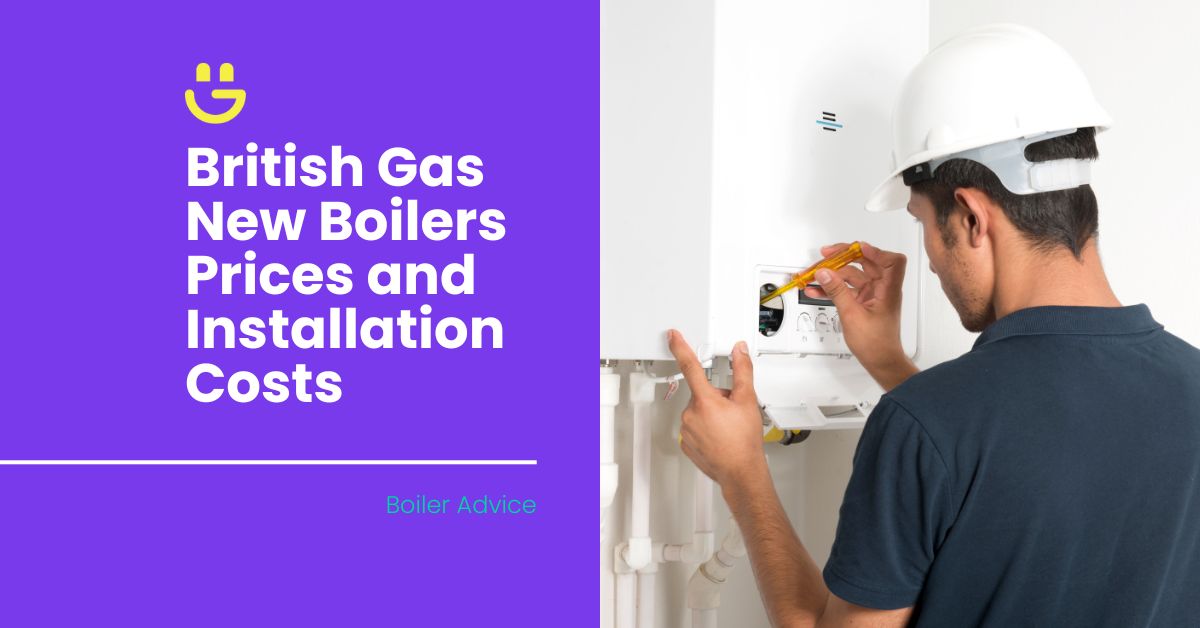Last Updated on November 14, 2025
Anyone who is looking into renewable energy is familiar with traditional solar panels. However, recent advancements in solar technology have given rise to a new, more efficient alternative: bifacial solar panels.
If you’re a homeowner considering solar energy or a business owner looking to enhance your sustainability efforts, exploring bifacial solar panels can help you make a more informed decision before you invest in a solar PV system.
Contents
What Are Bifacial Solar Panels?
Traditional solar panels, also known as monofacial solar panels, are manufactured with either polycrystalline or monocrystalline cells. They’re designed to capture sunlight on one side of the panel before converting it into electricity.
Bifacial solar panel manufacturers, on the other hand, generally only use monocrystalline cells, mainly because they’re more efficient. However, this isn’t the only difference.
Where traditional monofacial solar panels have an opaque backsheet, bifacial panels have a reflective surface on the back. Bifacial solar panels work by allowing the solar cells to capture sunlight from the front as well as the back. It’s this unique design that makes them highly efficient.
Bifacial solar panels are usually also frameless, which adds to their structural integrity, making them a more worthwhile investment.
What Are The Pros And Cons Of Bifacial Solar Panels?
As with any type of solar panel, bifacial solar panels have some pros and cons that should be considered.
Pros
- High efficiency: Because bifacial solar cells can generate energy on both surfaces, you can produce more electricity in the same amount of space. They’re more efficient than conventional monofacial solar panels because the entire surface works to produce electricity.
- Versatile: If for any reason you’re unable to install solar panels on your roof, bifacial solar panels are an ideal choice. A bifacial solar system can be mounted on the ground and still produce all the electricity you need. They also work at different angles and orientations, further enhancing their versatility.
- Durability: The glass surfacing on both sides of a bifacial solar panel makes it more durable than regular panels. They’re also less likely to be impacted by severe weather conditions.
- Increased property value: Not only do bifacial solar panels enhance the aesthetics of your home, but they can also increase the value of your property. Countless buyers favour homes that offer renewable energy solutions of this nature.
- Energy savings: Naturally, one of the more obvious benefits of bifacial panels is that you can save on electricity costs by reducing your reliance on the grid.
Cons
- Cost: Due to the use of monocrystalline cells, bifacial panels are more expensive. Installation also requires more time and effort, which can impact the final cost. However, they are more durable, making them a sound long-term investment.
- Installation limitations: Bifacial solar panels are not suitable in areas with a lot of shade, so installation requires some additional considerations. They also cannot be placed on dark surfaces such as grass or dirt.
- Weight: Due to the materials used during construction, bifacial solar panels are heavier, which can make them more difficult to manoeuvre and adjust.
What Types Of Bifacial Solar Panels Can You Get?
Next, let’s look at the different types of bifacial solar panels:
- Glass: The first type of bifacial panels are made with double-sided glass surfaces. This makes each panel much stronger and more durable. They are also more efficient in terms of energy generation. However, these are one of the pricier types of bifacial solar panels.
- Glass panels with transparent backsheets: This variation has a traditional glass front panel, with a transparent backsheet, which makes them lighter and more affordable. The transparent backsheets are also designed to be resistant to ultraviolet (UV) radiation, protecting the solar cells from long-term UV damage and reducing degradation over time.
- Glass panels with non-transparent backsheets: There are also bifacial solar panels with glass front panels and non-transparent backsheets. Non-transparent backsheets typically offer better electrical insulation, which can improve the safety and performance of the solar panels. These panels are also lighter than dual-glass panels, making them easier and cheaper to install.
What Should You Consider Before Installing Bifacial Solar Panel Installation?
When it comes to installing bifacial solar panels, there are a few unique considerations that need to be accounted for:
- Orientation: For bifacial panels to work as efficiently as possible, orientation is incredibly important. Your installer will need to assess the conditions at your home or commercial space and position the panels in a way that captures the most sunlight possible.
- Reflectivity: Bifacial panels work best with reflective surfaces, which means installing them on lighter surfaces is recommended. This allows for more sunlight reflection. They should also be installed away from excess shade.
- Mounting systems: The mounting system for bifacial solar panels is very specific because it needs to accommodate the weight of the panels. Your installer will be able to help you choose the right one.
- Electrical wiring: Wiring bifacial panels require some extra planning since both sides of the panel need to be connected. This is another reason why it’s important to choose an experienced installer, such as Eco Happy.
What Is The Average Cost Of Bifacial Panels?
The average cost of bifacial solar panels in the UK varies between residential and commercial installations due to differences in scale, system requirements, and the complexity of the installation.
Residential installations
For residential installations, the cost of bifacial solar panels typically ranges between £5,000 and £9,000 for a standard 4 kW system.
This cost includes the panels, inverter, and installation. Residential bifacial solar panels are generally more expensive per watt compared to traditional monofacial solar panels but offer higher efficiency and potentially greater energy yields, which can offset the initial investment over time.
Commercial installations
The installation costs for commercial systems range between £16,000 and £70,000, depending on the system size and specific requirements.
Larger systems, like a 50 kW installation, can save a business around £11,000 per year on energy bills, leading to a breakeven period of about six years.
Solar panel grants in the UK
Homeowners can potentially take advantage of solar panel schemes in the UK to reduce some of the costs associated with installing a bifacial solar system.
The Energy Company Obligation (ECO) is a government scheme that was created to tackle fuel poverty and help reduce carbon emissions. The ECO4 scheme can provide you with as much as £14,000 towards energy savings upgrades.
The Home Upgrade Grant is another option for UK homeowners looking to install solar systems, provided you meet the eligibility criteria.
FAQs
What is the general energy output of bifacial solar panels?
If installed correctly and the solar cells absorb as much sunlight as possible, your bifacial solar panels can increase total energy generation by up to 25%. This will naturally vary depending on your location as well as your surroundings.
How can I make the most of my bifacial solar panels?
There are a few ways that you can make the most of your bifacial solar panels. For one, installing them in portraits and not blocking the backs of the panels can help produce more photovoltaic solar energy. It also helps to put spaces between the panel rows to reduce the impact of severe weather such as snow.
What are the best surfaces for bifacial solar panels?
Bifacial panels generate energy more efficiently when placed in environments with reflective surfaces. Installing panels near water or in areas that get a lot of snow can make it easier for the panels to reflect sunlight as effectively as possible.
Final Thoughts
If you are looking to install a highly efficient solar PV system and are willing to spend a little more, a bifacial solar system could be just what you’re looking for.
Installing bifacial panels that don’t have glass back panels is one alternative you can look into if you want to save on costs; looking into government energy schemes is another way to save money.
Overall, if you want to optimise your energy generation capabilities at home or on your commercial property, bifacial solar panels are a good choice.
Reach out to us at Eco Happy if you have any questions regarding solar panels or get a free quote for our expert solar panel installations.





Tom Allen
Solar Expert